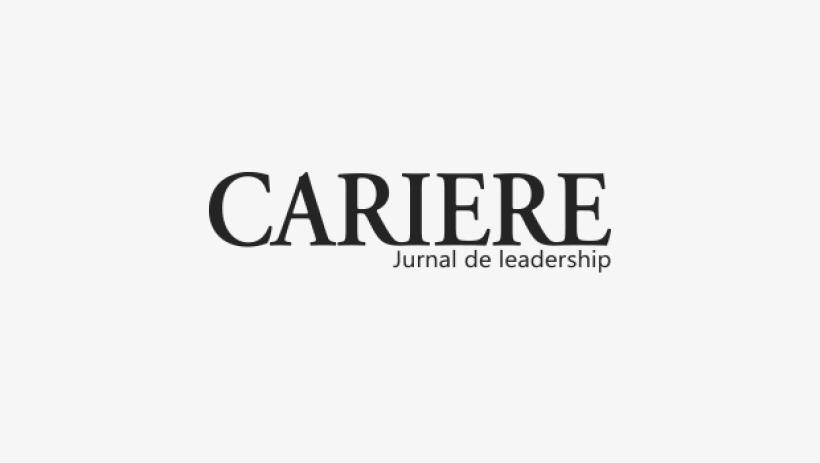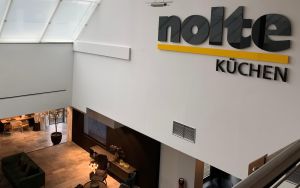Intelligence
The Competitive Intelligence NING, an online community of intelligence professionals defines intelligence as: “the interpretation of signals from the environment for an organization's decision makers to understand and anticipate industry change.” (http://competitiveintelligence.ning.com/)
At the heart of competitive intelligence is decreasing environmental uncertainty in the short to medium term by integrating information from various sources and applying appropriate analytical techniques such as profiling, timelining, market assessment etc. According to Global Intelligence Alliance, intelligence has been growing with the proportion of companies it has surveyed around the world (larger companies) with systematic intelligence going from 63% to 76% in the past two years.
Foresight
Foresight is about the application of collaborative, creative and analytic techniques to ensure longer term visions can be factored into improving short term decision-making. It is a systematic multi-tools and perspectives approach that enhances anticipatory capacity, examines readiness for change, and develops agility and mechanisms for coping with change to reduce surprise to business, government and society. Foresight is not prediction; instead it produces multiple, plausible, contingent scenarios, roadmaps and other directional guides to managing uncertainty by reducing the surprise aspects but not eliminating it. This is very similar to competitive intelligence with significant overlap in definition and technique.
Business analytics
Business analytics is currently in vogue as a buzz word for the use of data to inform decision making in organizations. In its current incarnation, it is tied closely to the use of data mining techniques to analyze what some refer to as "big data"—large complex data sets that might provide insights if mined properly. In reality, business analytics has been used in organizations for many years, and hundreds of different techniques are available—all focused on optimizing one or more organizational outcomes. Business analytics has been growing. Gartner group in April 2011 estimated that BI and Analytics was a 10.5 Billion dollar market. In a study done by McKinsey in June 2011, they estimated a shortage of 140,000-190,000 deep analysts and 1.5 million data savy managers to take full advantage of big data in the USA. Sentiment analysis over social networking data, mining of requests from customers, and such techniques provide the opportunity for early warning on potential changes in buying patterns in time to do something about it.
The more you read and learn about business analytics, foresight and intelligence the more you realize that they are trying to do the same thing – help decision makers make better decisions by understanding the external environment. Each has valuable analytical techniques and approaches. Foresight has great integrating platforms and methodologies, business analytics has technology and modeling expertise, intelligence has additional analytical techniques focused on in depth understanding and a clear decision making orientation. At Telfer School of Management, University of Ottawa, through the IBM performance management center, we have come to recognize the strengths and weaknesses of each of these fields and have integrated them to develop deeper insights. The key for readers though is that outside of Romania these tools are growing in use and providing more and more companies with the insights required to make better decisions.
In the Global Intelligence Alliance survey, 93% of all companies agreed that they had benefited from intelligence while the benefits of business analytics were similarly noted in a Yale study. Failing to adopt these techniques will put Romanian companies at a competitive disadvantage and it’s not just companies that are using these techniques. Several governments are also adopting analytics, intelligence and foresight into the development of their programs and policies.
Competitive intelligence, foresight, insight, analytics, will continue to evolve and adapt within North America and in other parts of the world. Regardless of what name it is being called, the underlying processes and concepts of these fields are critical to help companies and governments make better decisions.
Dr. Calof, professor at the Romanian-Canadian MBA Program, is recognized as one of the leaders in Intelligence and Foresight. A professor of International Business and Strategy at the Telfer School of Management at University of Ottawa, Dr. Calof combines research and consulting in competitive intelligence, technical foresight and business analytics. As well, he is co-director of the Foresight Synergy Network and Co-director of Telfer’s performance management/business analytics strategic area group.
Jonathan has written over 150 publications, given over 1000 speeches, seminars and keynote addresses around the world on Intelligence and Foresight and has helped several companies and government agencies around the world enhance their intelligence, foresight and business analytics capabilities. In recognition of his contribution to making fact based decision making a reality, Jonathan has been given several honours around the world.









